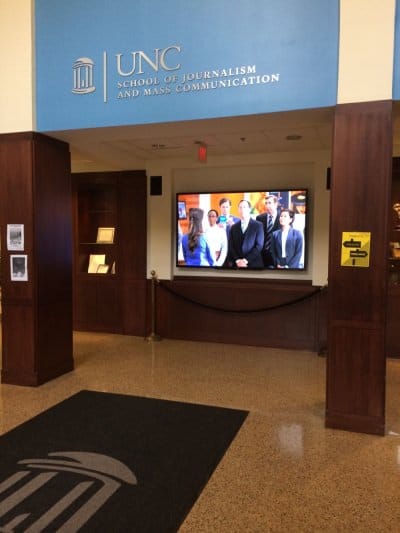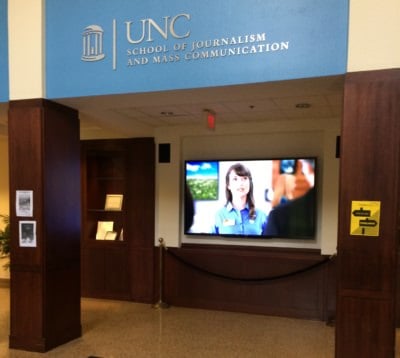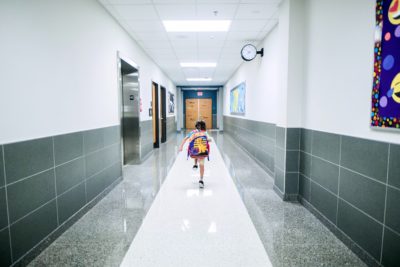
Slow-moving, water-logged Hurricane Florence meandered in North Carolina a month ago, and still more than 120 schools remained closed this week. The governor and state legislators have responded so far by allocating $60 million for renovation and repairs to damaged schools and by allowing local districts not to make up all the missed days of instruction.
In the aftermath of catastrophe inflicted by nature, people naturally turn to government for emergency assistance — to shelter and feed the displaced, to assist businesses and farms to rebound, and to restore schools, colleges, and other public institutions. Elected officials know they must move quickly to respond to distress in the short term, but they also know long-term issues loom, not only in addressing flood-prone communities but also in elevating educational achievement.
Even as back-to-back hurricanes hit the state, two public commissions continued to ponder big policy decisions in public education. MyFutureNC, an initiative of UNC System President Margaret Spellings, looks toward adopting attainment goals from early childhood, through K-12, and onto higher education. Gov. Roy Cooper’s Commission on Access to Sound, Basic Education prepares to respond to the next development in the long-running Leandro case.
While North Carolinians’ attention was riveted on Florence’s flooding, The Atlantic and The New York Times published essays that raised anew an issue pertinent to the goal of bolstering the education of young people: time in school.
In The Atlantic, staff writer Joe Pinsker provides a scan of research and the debate over when schools should start in the morning and how long they should remain open in the afternoon. While reiterating the case for a longer school day, he acknowledges points of resistance: questions around sports practices, the costs and scheduling of personnel, capacity and scheduling of schools buses, and parents along with school authorities who prefer the familiar and conventional.
“The schedules that dictate most of American K-12 life descend from times when fewer households had two working parents,” Pinsker writes. “The result is a school day that frazzles just about everybody.”
As research over two decades has shown, the school day in most middle and high schools doesn’t align with teenagers’ awake-and-sleep rhythm. Teens naturally fall asleep around 11 pm and need up to nine hours of sleep to maintain good health. The American Academy of Pediatrics, the Centers for Disease Control and Prevention, and the American Medical Association have all recommended that middle and high schools start no earlier than 8:30 am.
Writing in The New York Times, Henry Nicholls, a London-based science teacher, put it this way: “After puberty, adolescents are no longer the morning larks of their younger years. They become rewired as night owls, staying awake later and then sleeping in. This is not part of a feckless project to frustrate parents, but is driven by changes in the way the brain responds to light.”
An accumulation of research also points to another time-in-school issue: summer learning loss. Especially hit are students from lower-income families without resources for summer enrichment activities. The RAND Corporation, a major national think-tank, reports that “loss of knowledge and educational skills during summer months is cumulative over the course of a student’s career and further widens the achievement gap between low- and upper-income students.” The N.C. State College of Education recently posted “7 strategies for preventing summer learning loss.”
In towns and cities across the state, parents scramble to find the right fit of “after-school’’ programs as well as summer camps and such to occupy their children when not in school. Much of what is offered “after-school’’ could be incorporated into “school’’ that extends to the end of parents’ work day. Summer learning loss could be diminished by lengthening the traditional-calendar school year or expanding year-round schools.
As attention turns again from short-term disaster recovery to long-term educational advancement, a reform agenda ought to respond to the research findings on teens’ daily rhythms and on learning loss over months out of school. In North Carolina, as over much of the nation, the school day is too short and summer break too long.
Recommended reading



